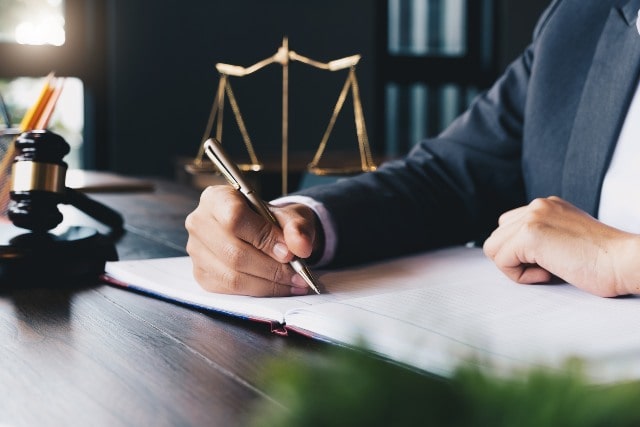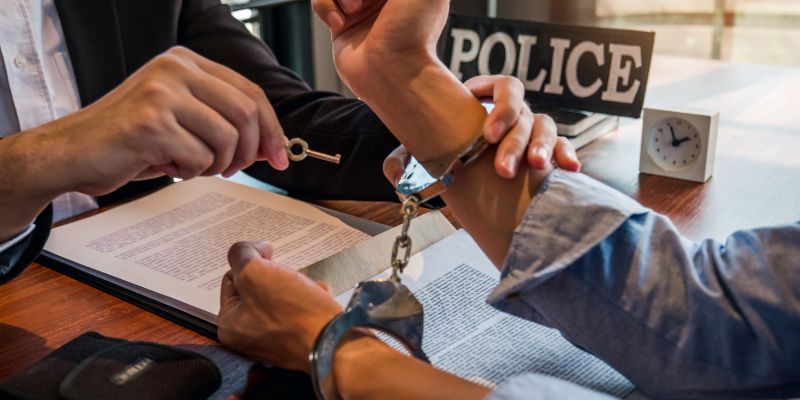How to Get the Most Accurate Transcription for Your Needs

In today’s fast-paced world, transcription services have become essential for a wide range of industries. Whether you’re a student, journalist, business owner, or medical professional, having accurate transcriptions of audio or video content is crucial. However, obtaining accurate transcription services can be challenging depending on various factors such as the complexity of the content, the clarity of the audio, and the specific requirements of the user. Below are some tips on how to get the most accurate transcription for your needs.
1. Choose the Right Transcription Method
Transcription methods can vary significantly based on your needs. Two primary options are available: manual transcription and automated transcription.
- Manual Transcription: This method is performed by a human transcriber who listens to the audio and types out the spoken content. Manual transcription is often more accurate, especially when dealing with poor audio quality, strong accents, or specialised terminology.
- Automated Transcription: Software-based transcription tools use algorithms to convert speech to text. While these tools have become more advanced in recent years, they may struggle with accuracy in noisy environments, multiple speakers, or specialised vocabulary.
Choosing between the two depends on the level of accuracy you need. For critical tasks, like legal or medical transcription, it is best to opt for manual transcription.
2. Ensure High-Quality Audio
The clarity of your audio plays a major role in the accuracy of your transcription. Poor-quality audio, such as background noise, overlapping speech, or distorted recordings, can lead to errors in transcription. To ensure the best results:
- Use a high-quality microphone or recording device.
- Choose a quiet environment for recording.
- Avoid interruptions or multiple speakers talking at once.
If your recording isn’t clear, consider improving it before sending it for transcription. Alternatively, some transcription services can offer noise-reduction features that help improve the quality of a poor recording.
3. Provide Context for the Transcriber
Giving context to the transcriptionist can significantly improve the accuracy of the final document. If you are using manual transcription services, provide information such as:
- The topic of the conversation or meeting.
- Any jargon, abbreviations, or industry-specific terms.
- The names of any people or organizations mentioned.
- A brief description of the recording environment or any challenges.
When transcribers know the context, they can make more informed decisions, reducing misunderstandings and ensuring the transcription matches the intended message.
4. Select the Right Transcriptionist or Service
Not all uk transcription services or transcriptionists are created equal. Some specialise in particular fields, such as legal, medical, or technical transcription, and are more familiar with the terminology and jargon in those areas. When selecting a transcriptionist or service, consider:
- Expertise: Choose a transcriber who has experience in the specific area of your content. A medical transcriptionist, for example, will be better equipped to understand complex medical terminology.
- Reputation: Read reviews, ask for recommendations, or check the provider’s credentials to ensure they deliver high-quality transcriptions.
- Turnaround Time: Depending on your urgency, select a service that aligns with your timeframe. Some services offer faster turnarounds but might be slightly less precise due to the time constraints.
5. Use Time Stamps Where Necessary
Time stamps are especially helpful for longer recordings or interviews with multiple speakers. They indicate the exact moment a certain part of the audio takes place, making it easier to reference specific sections later. If your transcription service offers this feature, use it when:
- The recording includes multiple speakers.
- You need to reference specific sections quickly.
- You’re transcribing a lecture, webinar, or meeting, where key points are important.
Time stamps improve accuracy by helping the transcriber follow the audio in more detail, ensuring important moments are captured properly.
6. Review and Edit Transcriptions
While a transcription service may provide a first draft, it’s always a good idea to review and edit the transcription for any errors. Here are some tips for reviewing:
- Check for Homophones: Words that sound the same but have different meanings (e.g., “their” vs. “there”) are often mistaken during transcription. Be sure to catch these errors during the review process.
- Verify Technical Terms: Ensure that any jargon or specialised terms are accurately transcribed. If the transcription service offers an option to add a glossary of terms, do so before submitting the audio.
- Verify Speaker Identification: If you had multiple speakers, ensure they are correctly identified. This is especially important in interviews or discussions with different participants.
Having a second set of eyes can help catch mistakes and ensure the final document is as accurate as possible.
7. Consider Post-Transcription Services
If you need a polished transcript, many transcription services offer post-transcription editing or proofreading. This ensures that the transcription is not only accurate but also grammatically correct and readable. Post-transcription services may also include:
- Formatting the text properly for presentations or publications.
- Proofreading for spelling, punctuation, and grammar errors.
- Ensuring the overall flow and coherence of the transcript.
For formal documents, presentations, or any other important projects, using these services can help elevate the quality of your transcription.
8. Consider Hybrid Approaches for Complex Projects
For more complex transcription needs, such as those involving technical jargon, multiple speakers, or poor audio quality, consider using a hybrid approach. This might involve:
- Using an automated transcription tool to get an initial draft.
- Having a professional transcriber review and correct the document.
- Adding a time-stamped index or glossary for ease of reference.
This approach strikes a balance between cost-effectiveness and accuracy, particularly when time and resources are limited.
Conclusion
Getting the most accurate transcription for your needs requires a thoughtful approach that includes selecting the right method, providing context, and choosing the best transcription service for the task at hand. By ensuring high-quality audio, providing the necessary information to the transcriber, and reviewing the final transcript, you can achieve a high level of accuracy in your transcriptions. Whether you’re transcribing interviews, meetings, lectures, or videos, following these tips will help you obtain accurate and reliable transcriptions tailored to your specific needs.






